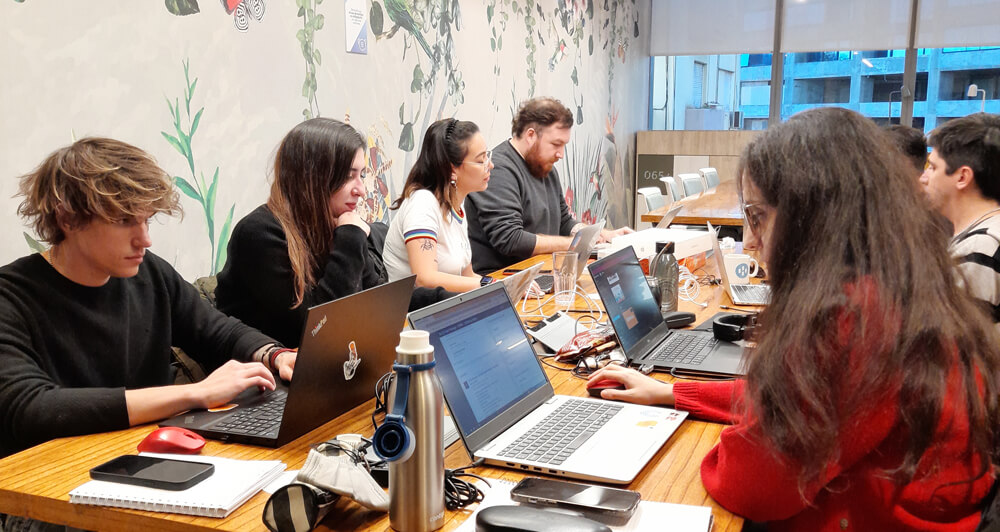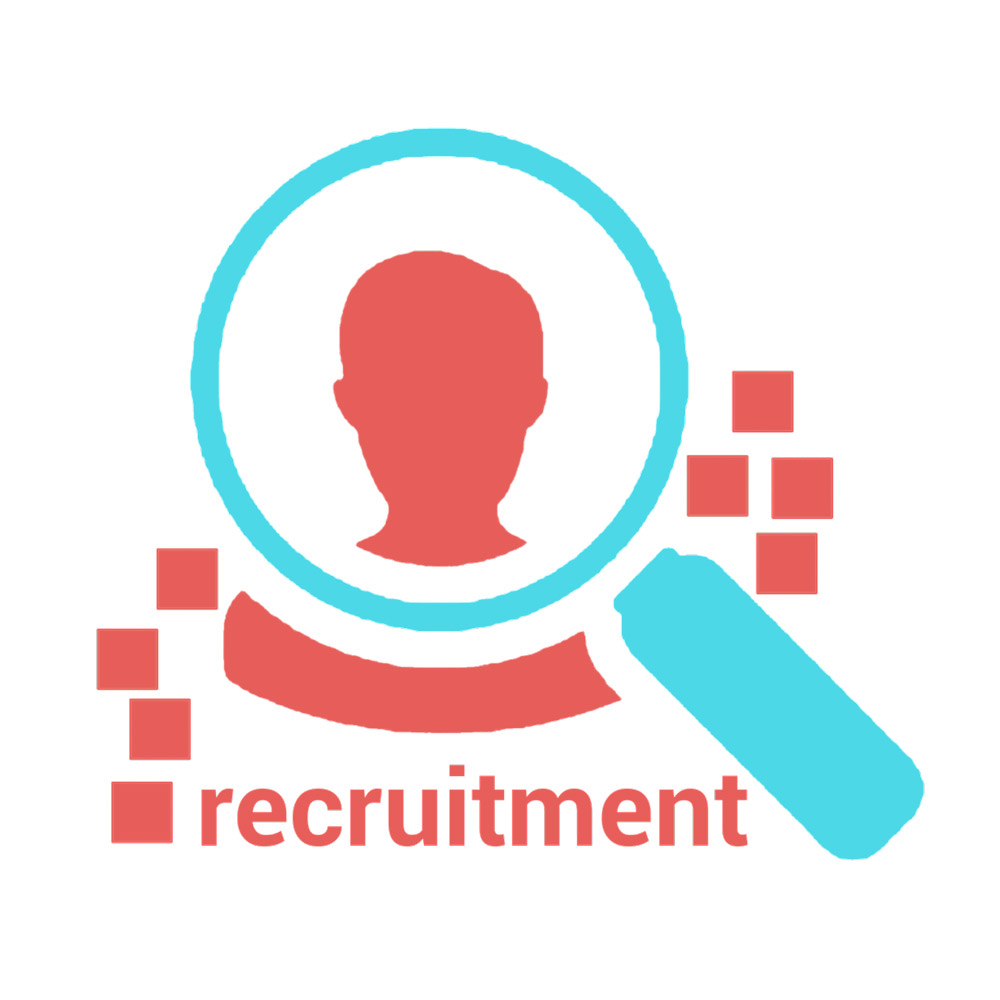Over the past year at Bondy, we gradually realized that working each search as an agile project was working very well. Each person on our team has 15 to 5 years of experience in the technology environment, and we always hear about Scrum methodologies and Kanban, etc.
Without realizing it, we studied and shaped these techniques and practices to serve us, we measured the entire process and realized that it really works for us!
Our sourcing, interview and hiring times have been streamlined and we have also reduced noise in meetings and even with clients becoming more focused and effective.
This is what we’ve learned so far:
The tech industry is constantly evolving, and so are the recruitment strategies that are used to attract and retain top talent. With the rise of agile methodologies, tech recruitment agencies are beginning to see the benefits of incorporating agile principles into their recruitment project.
Why Agile Methodologies are the Future of Tech Recruitment Projects
Agile methodologies are based on the principle of cross-functional teams working together to achieve a common goal. In a tech recruitment project, this would mean involving different team members, such as project recruiters, hiring managers, and HR, in all stages of the recruitment process. This approach allows for a more collaborative and efficient recruitment project, as team members can share their expertise and insights to identify the best candidates for the role.
Another key benefit of agile methodologies is their flexibility and adaptability. Agile teams are able to quickly pivot to new job openings or changes in hiring needs. This is particularly important in the tech industry, where the demand for specific skills can change rapidly. By adopting an agile approach to recruitment projects, agencies can always meet the needs of their clients and candidates.
Incorporating agile methodologies also means continuous process improvement. Agile methodologies encourage teams to regularly review their processes and make improvements. In a recruitment project setting, this would mean regularly analyzing data to identify areas of the recruitment project that could be improved. By continuously improving the recruitment project, agencies can always provide the best possible service to their clients and candidates.
Regular check-ins with hiring managers are also a key aspect of agile methodologies. Agile methodologies involve regular check-ins, such as daily stand-ups or weekly sprint reviews, to ensure team members are aligned and on track to meet goals. In a recruitment project setting, this would mean having regular check-ins with hiring managers to ensure they are satisfied with the candidates being presented to them. This approach allows for a more efficient recruitment project and helps build stronger client relationships.
Implementing Agile in Your Tech Recruitment Project
If you’re considering incorporating agile methodologies into your tech recruitment project, there are a few key tools and techniques you’ll need to implement.
One of the most important tools for agile recruitment is an agile project management tool. Tools such as Trello, Jira, or Asana can be used to manage tasks and track progress throughout the recruitment project. These tools allow teams to collaborate and communicate more effectively, which is essential for an agile recruitment project.
Incorporating agile principles into the recruitment project is also crucial. This can be done by breaking the recruitment project down into smaller stages, such as sourcing, screening, interviewing, and assessment. Each stage can then be managed as its own sprint, with regular check-ins to ensure everything is on track.
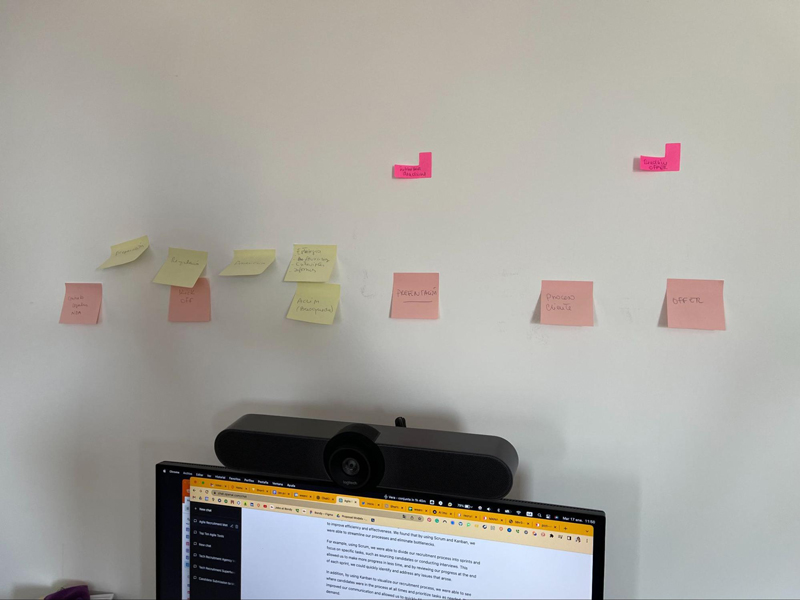
Regular data analysis is another important aspect of agile recruitment projects. By analyzing data on a regular basis, agencies can identify areas of the recruitment project that could be improved. This can help to improve the candidate experience and make the recruitment project more efficient.
It is important to prioritize the candidate experience through agile methodologies. An agile recruitment project should be designed with the candidate in mind, ensuring that they are treated fairly and with respect throughout the process.
Agile methodologies are revolutionizing how tech recruitment projects operate. By incorporating agile principles into their recruitment project, agencies can improve teamwork and collaboration, increase flexibility and adaptability, and ensure continuous process improvement. Additionally, regular check-ins with hiring managers and prioritizing the candidate experience can lead to stronger relationships with clients and a more successful recruitment
Faster Hires, Better Matches: The Agile Approach We Use at Bondy
After a lot of thinking and test, retest, error, rage, sigh and happiness; we manage to think about our business in 3 “journeys”: Company, candidate, Bondy. – We dont use “client” because they are all clients 🙂.
Next, I’ll take you to a glance of a candidate journey, note that we are not including the commercial side, or how we manage things internally (Culture, communication, etc). But I think this is my first post about “Hor do we do the things we do and why”.
So, here’s an overview of the stages involved in our Hunting recruitment process to give you a better understanding of what I’m describing.
Stages:
- Service agreement
- Signing of the service agreement
- NDA (Non-Disclosure Agreement)
- Kickoff
- Planning
- Team designation
- Client and Job description review
- Search for hot candidates
- Search strategy sketch
- Coordination
- Kick-off meeting with the client
- Deadline setting
- Communication channel setting
- Documentation
- Meeting documentation distribution
- Planning
- Action
- Strategy implementation
- Sourcing
- Interviews
- Reports
- Candidate Submission
- Candidate follow-up in client’s process
- Offer
- Follow-up of hired candidates
After we agreed on a service contract, we had a call to kick off our work together. This call is similar to what you would find in an Agile project, where we have sprints, backlogs, and regular meetings. This call has three parts: Planning, Coordination, and Documentation.
In the Planning stage, our recruitment team looks over the information we have about the company and the job description. We also check our database to see if we have any candidates that might be a good fit for the position. This is similar to what you would find in an Agile project, where the team prioritizes and plans the work to be done in the upcoming sprint. If we do, we’ll reach out to them and tell them about the potential opportunity. If they’re interested, we’ll add them to a shortlist to show the client during the Coordination stage.
During this stage, our Lead Recruiter also decides who will be on the team working on this project. Typically, it’s a team of at least three people: the Lead Recruiter, a Technical Acquisition Specialist, and a Technical Sourcer. Together, they come up with a plan for how to find the right candidates for the position, similar to how an agile team would work together to develop the strategy.
The strategy also includes working alongside our marketing team to develop the right search strategy for the requisition, plan social media, job boards, community search… not every candidate is on Linkedin 😉
The Coordination stage is when we actually have our kickoff meeting. We use this call to get to know each other, answer and ask any questions, and make sure we’re on the same page about what you’re looking for. This is similar to what you would find in an Agile project, where the team reviews their progress, clears doubts, aligns expectations, and looks at what they need to improve on. We also figure out how we’ll communicate with each other during the project, like using Slack for messaging and Google Meet for video calls. We’ll also set up a Trello board to keep track of all the candidates we’re considering, which is a common practice in Agile methodologies.
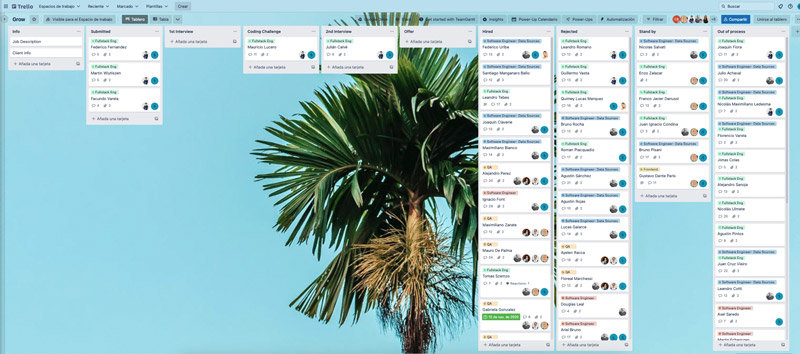
Finally, in the Documentation stage, we put everything into action. We’ll take notes during the Coordination stage and create a document that summarizes what was discussed. This document will include things like the salary range, the team that will be working on the project, and any specific technologies the job requires. We’ll also create a calendar that outlines important deadlines, like when we’ll submit a list of candidates to you and when we hope to make an offer to a candidate. These deadlines align with the Agile principle of working towards a specific goal, which is a key aspect of Agile methodologies.
Here is how we do our documentation, template and guidelines
The Action stage is when our Technical Sourcers, Technical Talent Acquisition specialists, and Marketing Analyst implement the search strategy established during the planning stage. The team conducts extensive sourcing in various databases, conducts interviews with potential candidates, and generates interview reports for those who meet the criteria.
The team follows a plan and closely monitors metrics such as the number of candidates sourced, interviewed, and presented to the client to measure the success of the search strategy and make adjustments as needed. The goal is to find the best candidates that meet the client’s requirements and present them in a timely manner.
This stage is crucial as it is where the team puts in the effort to find the right talent and it also helps to measure the success of the search strategy.
Think of this stage as a spiral, where the team constantly gathers data, shares and documents information, and makes adjustments as needed. Sometimes this may involve short sync calls with the client to inform them of changes in the requisition direction.
The Candidate Submission stage is a big deal in the hiring process. Even though it may seem like a small step, it’s actually a huge moment for both the candidate and the client.
When we mark a candidate as “Submitted” in our database, two important things happen. First, the candidate gets an email letting them know that their information has been sent over to the client. This includes their resume and an interview report, which gives the client a good look at the candidate’s qualifications and background.
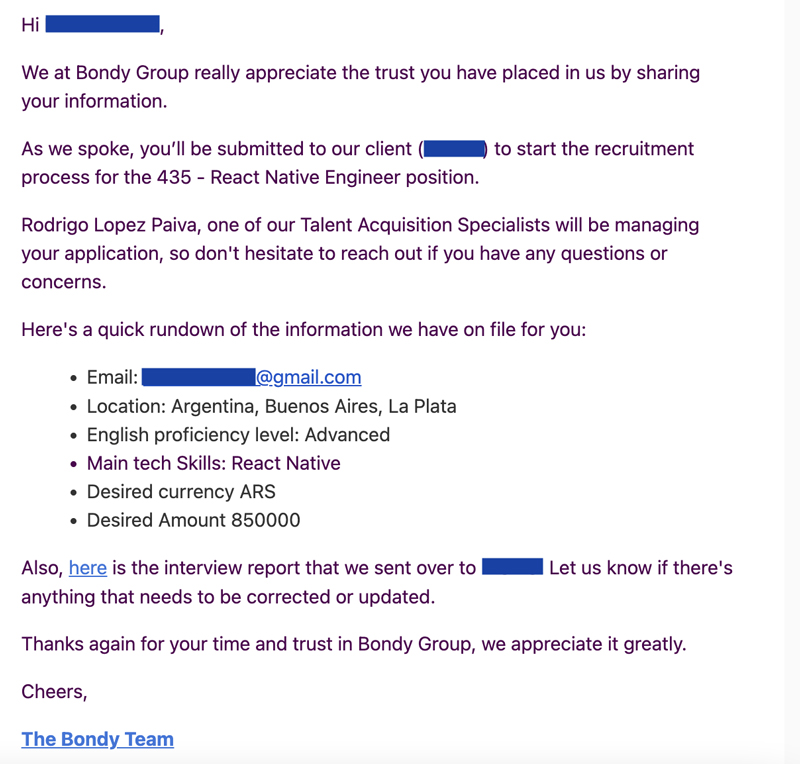
Second, the client gets the candidate’s information, which allows them to check out the candidate’s qualifications and decide if they want to move forward with the hiring process. This step makes sure that both the candidate and the client are on the same page with what information is being shared.
Here you can find an interview report template with some explanation
It’s also worth mentioning that while this step is happening, we’re still looking for other candidates and conducting interviews to make sure we have a pool of qualified and suitable candidates for the position. This way, we can give our clients a variety of options to choose from.
Candidate follow-up during the client’s recruitment process might seem like just an opportunity for us to check in and make sure our fee is secured, but it’s so much more than that. Gathering feedback from candidates about their experience with the client provides valuable insights into the recruitment process. This firsthand information can help us understand our client better, and anticipate any potential challenges or issues.
After the client conducts an interview with a candidate, we like to reach out via phone, email, or message to get the candidate’s perspective on the process. This inside information gives us a better sense of what to expect during the recruitment process, and if there’s any problem we will address it with our clients.
So, the candidate follow-up is not only about our fee, but also a valuable tool to improve the recruitment process and ensure a successful outcome for both the client and the candidate.
At our Bondy, we take a different approach when it comes to the Offer stage. Unlike many other agencies, we only become involved in this stage if specifically requested by the client or candidate. Why? Because we believe in setting clear expectations and providing all necessary information from the start of the process. This way, both parties can make a well-informed decision and move forward with confidence. While we understand that the recruitment process can be stressful, we strive to make it as stress-free as possible for everyone involved.
At the final stage of our recruitment process, we focus on follow-up with the hired candidates and client. This includes maintaining contact to ensure a smooth onboarding process. During this stage, we take the opportunity to check in and ensure that both the candidate and client are satisfied with their decision to work together. This open line of communication is invaluable to everyone involved. It ensures that any issues or concerns are addressed in a timely manner and helps to build strong, long-term relationships between the parties. The feedback we receive also helps us to improve our recruitment process and better match candidates with clients in the future.
Overall, we use Agile practices to improve our recruitment processes and ensure we’re working together effectively, finding the right candidates for the job, and ensuring everyone is on the same page. This way we can ensure that we are providing our clients the best service possible.
